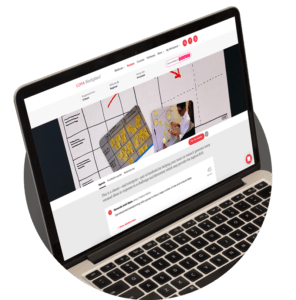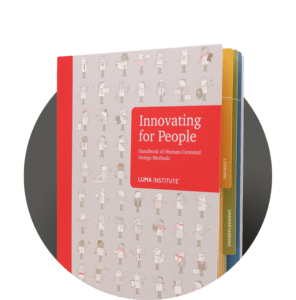Method overview
Everyone’s a critic these days, but not everyone truly knows how to critique. There’s more to the practice than simply sharing opinions. According to Dave Frances and Don Young, authors of the book Improving Work Groups, “Critical feedback is most effective when it is audible, credible, and actionable.” Critiques, therefore, should follow a structure that encourages efficient, productive discussion, thus spurring collaboration and objectivity and advancing improvements more quickly.
As opposed to casual conversation about a project, a Critique allows the designers to present their current solution and then express concerns or ask specific questions about it. Reviewers are invited to respond in a clear way that addresses the designers’ needs. In the context of a structured Critique—which allows for both positive and negative feedback—people are more likely to share suggestions for improvement, since the design team has formally solicited them. A good Critique can be both eye opening and inspiring.
The benefits of this method
- Facilitates constructive discussion.
- Reveals blind spots in your design activities.
- Shows opportunities for improvement.
- Builds organizational alignment.

Quick guide
- Identify a project and a group of reviewers.
- Pick a time and place for the session.
- Presenter: Describe what has been done and why.
- Reviewers: Ask questions.
- Presenter: Provide clarification.
- Reviewers: Start with warm feedback (positive).
- Reviewers: End with cool feedback (negative).
- Presenter: Invite suggestions from reviewers.
- Presenter: Thank everyone for participating.
Helpful hints
- Invite reviews from people who didn’t do the work.
- Don’t wait for completeness to invite critique.
- Get in the habit of asking for feedback often.
Combining LUMA methods into design recipes
The methods in the LUMA System are great on their own, but they are really powerful when combined into design recipes. Just like when you combine ingredients to make a tasty meal, you can also combine design methods to address challenges such as improving workplace culture or uncovering customer insights.
An example of a recipe from LUMA Workplace®:


Want to learn more about LUMA methods?


